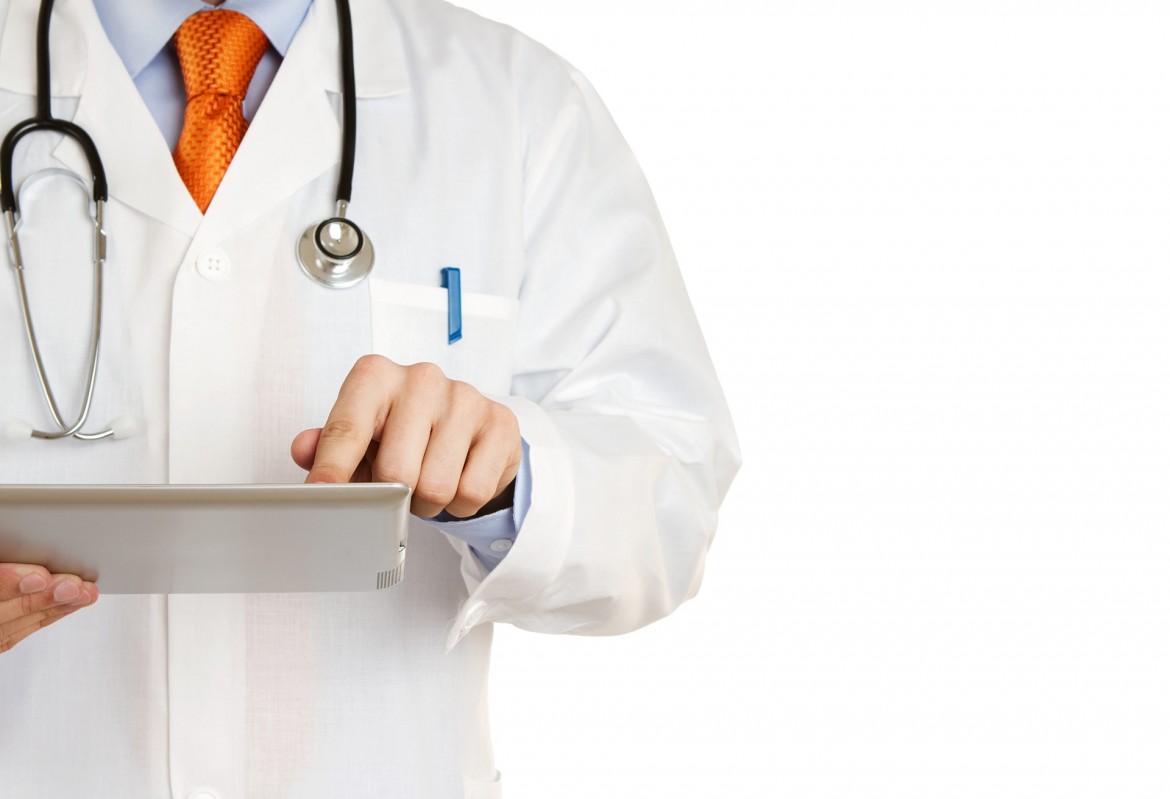11th March 2015
How does the Doctor actually know that?
We all have one thing in common – that is one day we will pass away. Until that day comes, every one of us is unique. On a basic level, male or female; tall, or small; overweight or slim. From birth we inherit certain characteristics from our parents such as eye colour or hair colour. Add into the mix socio-economic factors, random exposure to pollutants, disease and injury and there you are – a unique human being. Moreover, one of the definitions of life is that we are all dying anyway. Sooner or later we will all pass, usually preceded by a period of decay or perhaps better termed degeneration where the body slowly but surely ages.
So if we are all unique and if we are all slowly falling apart anyway, how does a medical examiner working within the context of medico-legal reporting differentiate between these background characteristics and the trauma caused by an accident?
Medical science has come an awful long way in a comparatively short time. Only 150 or so years ago Florence Nightingale advocating cleanliness as a means of infection control really was ground breaking stuff. Nowadays hardly a month goes by without some startling new medical technique being publicised. Did we really read that within 2 years medics expect to be able to transplant a human head? Truly remarkable.
As it is with medical treatment, medical diagnosis techniques have advanced at a staggering pace. Ten or so years ago, most doctors relied upon their training and years of experience to diagnose the Claimants complaints, and then prepared a sound and comprehensive report for medico-legal purposes. Back then, if (and only if) fractures were suspected, an x-ray would be requested. Here at Optimal Med, whilst we are still asked to do x-rays today, these have the drawback of only being able to demonstrate fractures and a limited range of soft tissue conditions. X-rays are however comparatively cheap to do. Accordingly, sometimes these come up trumps and show the expert the reason for any pain and disability complained of.
Increasingly however after the Claimant has seen the expert a request will be made for an MRI (Magnetic resonance imaging) scan to complete the report. Unlike a plain x-ray, MRI scans use strong magnetic fields and radio waves to form images of the body therefore these scans show far more detail of the soft tissue and physical structure of the patients body. Consequently, the expert has a far better picture (literally) of what is happening under the skin. Claims for “ladies of a certain age” are notorious for seeing the Claimant maintain that since the whiplash caused by the accident they have been in constant pain, discomfort, or suffered from limited movement. Much of this would have happened anyway as the natural progression of ageing. Until the advent of MRI images the evidence for this was really just educated guess work. Unsurprisingly therefore, with the use of MRI scanning we see far more reports talk about the relationship between the bodies natural ageing symptoms and the interplay with the trauma of the accident. Armed with an MRI scan, the expert can say whether there is any underlying disease process (ie ageing) that has a role to play. This is because the scan shows the aged tissue. Conversely, and ever so occasionally we might get told the accident has caused some tissue disturbance such as a slipped spinal disc.
One drawback with MRI scans is that the patient has to be compliant. The scanners are usually self enclosed and older scanners can take up to 40 minutes to complete the imaging. This can be a serious problem for even a mild claustrophobic who has to remain as motionless as possible in a small enclosed tube. Moreover, as the scanner relies upon magnetic imaging, the patient has to remove all metallic objects. We had a case once where the Claimant refused to remove their metal hair clips for fear of ruining their new hairstyle! Most of these problems can however be overcome. There are some “open” MRI scanners available which are useful for patients who are claustrophobic. With the lady with the new hairstyle, we had to re-schedule for the day before she was due at the hairdressers again though!
Sometimes an expert will ask us to undertake a CT (computed tomography) scan. CT scans are more expensive than MRI scans, therefore not as commonly requested. A bit of a cross between an x-ray and an MRI scan, they show up the human body in a series of pictures, like slices of tissue. The advantage is that the scan pinpoints precise areas and carries a very good resolution making diagnosis far more accurate.
On rare occasions the expert may want to undertake an exploratory operation, usually after having used a combination of x-rays, MRI or CT scans without being absolutely certain of the cause of the patients problems. Commonly this will be an arthroscopy to look at a suspected damaged area more closely. If when undertaking the procedure the surgeon sees a repairable problem they may well complete surgery there and then, although within the context of medico-legal reporting the technique is of course aimed at diagnosis rather than cure.
Whilst the sophistication of medico-legal reporting is ever evolving , one thing remains constant: great service. The parties who instruct us want results. They know that Optimal Med can deliver reports regardless of the location of the client; regardless of the clients specific needs and diagnostic requirements. Many of the clients we see have a limited command of English, so not only do we have to arrange the examination, we have to arrange a translator as well, and explain the whole process to the client.
